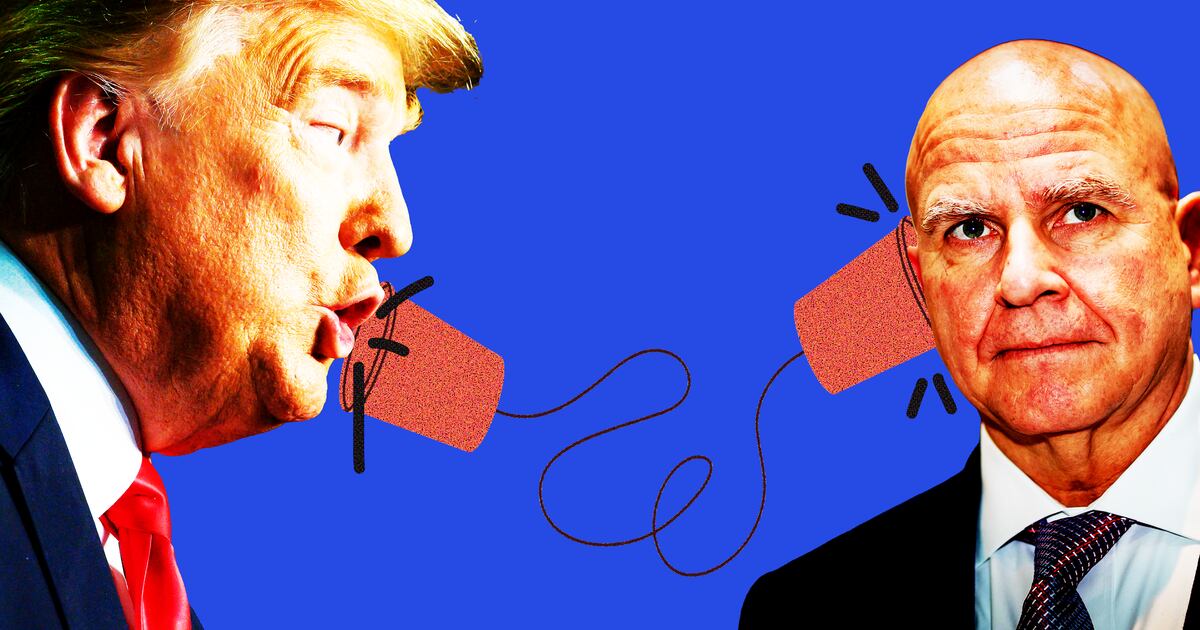About a week before the Ohio primary, polls showed Rick Santorum with a lead of almost 10 percentage points over Mitt Romney. After the election, his campaign tried to spin it as a victory when Santorum lost by just 10,000 votes. In between, Romney, and his allied super PAC, had outspent the former Pennsylvania senator by a 4–1 margin. The torrent of negative ads the bulk of that money was used on was credited for Romney’s come-from-behind win.

It’s not the first primary that Romney has won by bombarding the airwaves with negative ads—or the first foe this cycle he’s successfully used the ads to deflate.
Past Romney offensives have been credited with Newt Gingrich’s Iowa collapse, where two thirds of his support melted away in the month before the caucus, and with again beating back the resurgent Gingrich in Florida.
Is the secret to Romney’s success just as simple as resorting to an onslaught of attack ads, and if so, can that tactic succeed in a general election against Barack Obama, when Romney will no longer hold an overwhelming cash advantage?
Advertising becomes particularly effective if it reaches “a certain saturation point” that gets “people talking to people,” according to Claudine Cheever, the chief strategic officer at Saatchi & Saatchi. The barrage of ads aired by Romney’s super PAC in Ohio reached that saturation point. Tad Devine, a leading Democratic consultant, thinks not only that the ads have been “decisive” but, if not “for the ads, Romney wouldn’t be the frontrunner.” But, Devine says, Romney’s negative ads haven’t been decisive because of their number but simply because his opponents “have been unable to respond or counterattack.”
While “negative advertising is powerful if the other side can’t respond,” says Devine, it becomes a far riskier thing if it’s not a one-sided battle. If one’s opponent has the ability to respond in kind, it becomes “a war.” And if you can’t “finish it, it can finish you.” The decisive ads aren’t usually attack ads, said Devine: “It’s all about the counterpunch.”
The lack of a counterpunch doesn’t just hurt Santorum when he’s attacked. It hurts the other candidates too. David Karol, a political scientist at the University of Maryland, College Park, notes that when two candidates run virulently negative campaigns against each other, it allows a third candidate to emerge. Because of Romney’s cash advantage, this has yet to occur.
Attack messaging is a “double-edged sword” says Dan Schnur, the communications director for John McCain’s 2000 campaign. Negative messaging often “causes a pretty significant backlash,” but the lack of counterattack by Santorum has kept it from bringing Romney’s numbers down so far. Still, the ads have “come at a long-term cost” for Romney, says Schnur, as the Republican frontrunner’s overall favorability numbers have been significantly reduced among the electorate as a whole, which leaves him a pretty sizable hole to climb out of if he does claim the nomination.
The general election will almost certainly feature a surplus of negative ads. But Romney won’t be able to replicate his tactics in the fall. Not only will Barack Obama’s fundraising juggernaut will be able to match his spending, but general elections are fundamentally different from primary contests.
“[General elections] are fought between the 40-yard lines,” says Karol. Regardless of what happens, the Democrat will get at least 40 percent of the vote, as will the Republican; the battle is over the remaining 20 percent. This is fundamentally different than primary contests, where voters can’t simply filter candidates by party ID, which makes primary elections far more volatile than general elections.
John McCain was heavily outspent by Obama, who took advantage of his potent fundraising operation to become the first candidate to opt out of the public campaign financing system, but was well known and got ample media coverage. A cash-poor major-party candidate still has ample “earned media” opportunities get his message out—and there are even more such opportunities when that candidate is already the leader of the free world.
For all the jibes made about candidates being sold like toothpaste, “it’s very strange moment when someone is in” a voting booth, said Saatchi & Saatchi’s Cheever. With a few exceptions like the cable industry (which Cheever describes as “notorious for a lot of tit-for-tat advertising”), businesses rarely run attack ads against one another. But in some ways, she says, going negative in political advertising is far more risky: negative advertising about Time Warner doesn’t rally its customers to be more loyal to it. In contrast, she says, “really vicious anti-Obama advertising would rally Democrats.”
Romney’s tactics have not been subtle or even particularly clever. But in a primary election against much-poorer opponents, they work. A massive cash infusion spent on negative ads won’t turn around every election—there was no sum of money that could have elected John McCain in 2008 after the market meltdown, let alone Walter Mondale in 1984—but the unique dynamics made Ohio’s Republican primary a race that could be bought. If Mitt Romney does advance to the general election, it will have been worth every penny.





